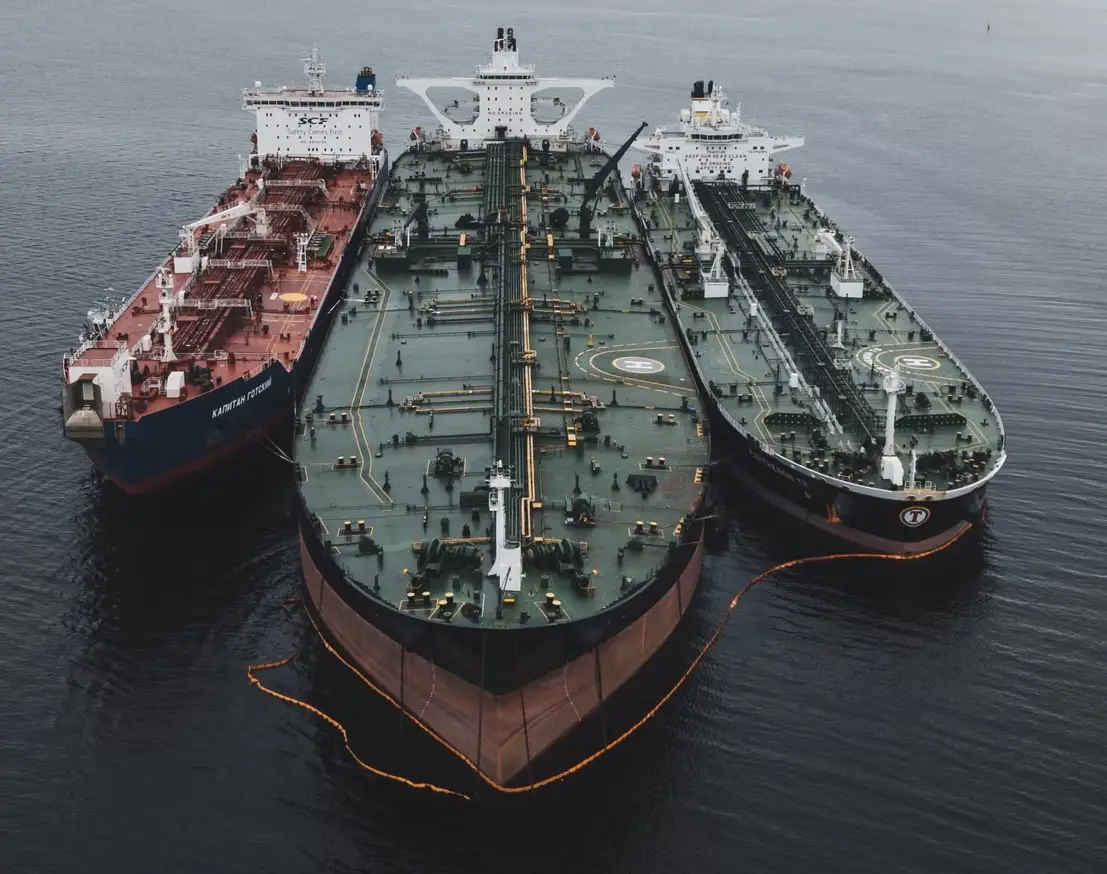On Tuesday, the International Energy Agency (IEA) revealed that in April, Russian energy exports reached a 14 month high, with the majority of the shipments destined for Asian markets despite Western sanctions.
Crude shipments were up by 50,000 barrels per day (BPD) to 8.3 million bpd in April. The report implies that Russia has not followed through on a pledge to voluntarily cut its production outputs and exports to the global markets. Moscow has denied this, and said such reports only focus on seaborne exports, and fail to take into account other means of delivery such as pipeline deliveries, which have been cut.
Russia had pledged to voluntarily cut its production outputs by 500,000 bpd starting in March. The move was in retaliation for Western sanctions imposed on Moscow. Moscow also halted all sales to nations which so much as mentioned a Western imposed price cap on petroleum products in any contract.
Over the month, Russia’s oil trade revenues were increased by $1.7 billion month over month, hitting $15 billion in April, according to IEA data. The report added that almost a full 80% of the nation’s shipments headed to China and India.
In its monthly oil market report, the agency said, “Indeed, Russia may be boosting volumes to make up for lost revenue.”
Russia’s soaring fuel exports are seen as a huge success for the Russian policy of redirecting its fuel supplies to new markets, following the embargoes and bans imposed on Russian fuel shipments to EU and G7 countries.
So far, the most prominent effect of the sanctions the West attempted to impose on Russia following the February 2022 invasion of Ukraine was simply a restructuring of fuel supply flows. Western states, suddenly deprived of cheap Russian fuel, raised the prices they were willing to pay for fuel, leading non-Russian supplies previously destined for Asian markets to be rerouted to the more lucrative European markets. Meanwhile, Asian nations, now short of fuel supplies themselves, took advantage of discounted Russian supplies previously destined for Europe, without regard for the sanctions of the West.
The IEA said in the report, “Russia seems to have few problems finding willing buyers for its crude and oil products, frequently at the expense of fellow OPEC+ members in the two-tier market that has emerged since the embargoes came into force.”
Aleksandr Novak, the Russian Deputy Prime Minister, had noted earlier that the Kremlin was rerouting over 60% of the nation’s oil and petroleum product exports from previous destinations in the EU to Asian buyers this year. According to official data he provided, of 220 million tons of crude and refined products which had been destined for the EU, 140 million tons were being rerouted by Russia.
Meanwhile, partly due to lower global energy prices, Moscow’s monthly crude export revenues were down by 27% in April, compared to the same period one year prior, in part due to a fall in global energy prices.
Also impacting revenues is the fact Russia has been discounting its fuels. However the discount has reportedly begun to diminish as Asian demand for Russian fuel products has begun to increase.
The report notes, “China’s demand recovery continues to surpass expectations, with the country setting an all-time record in March [at 16 million bpd].”
It is expected that now that China has fully lifted all of its Covid restrictions, the global demand for oil will rise this year. The IEA has increased its forecast by 2.2 million bpd to 102 million bpd, noting that China will account for almost 60% of the increase.

